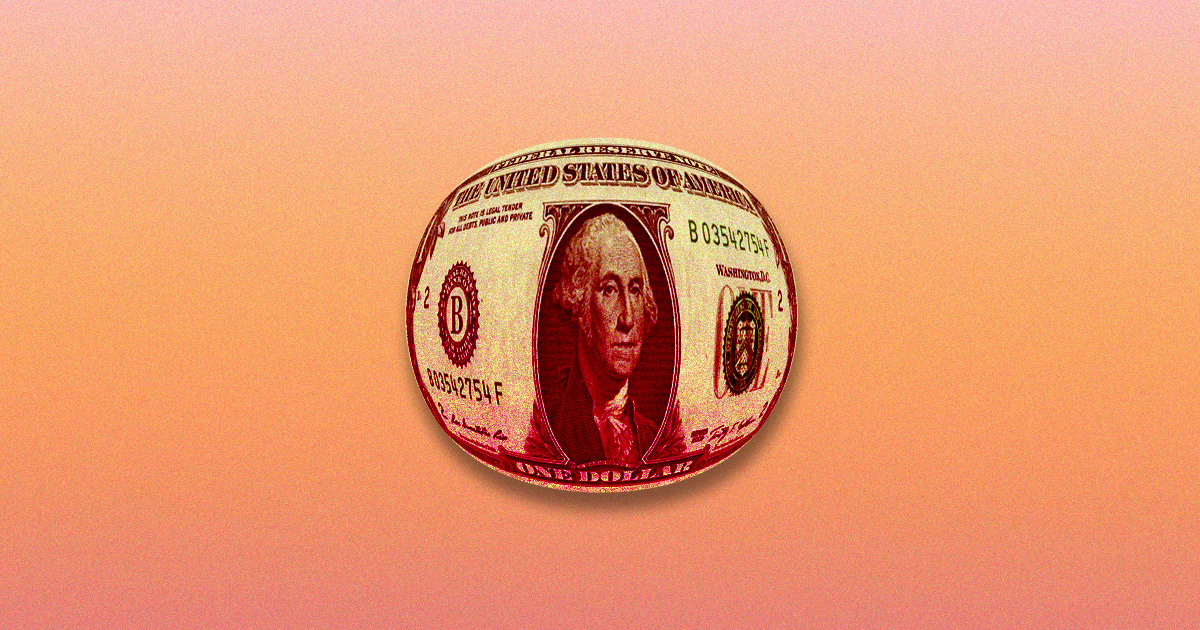David Agullo
Why Are Regulators And Lawmakers In Washington Concerned About Stablecoins?

Gary Gensler, the chairman of the Securities and Exchange Commission in the United States, issued a bold statement: “It’s time to regulate cryptocurrency marketplaces.” This isn’t the only regulator who thinks so. The Federal Reserve’s chair, Jerome Powell, has issued an urgent call for regulation of stablecoins, which are cryptocurrencies that are pegged to a reference asset such as the US dollar, and Federal Reserve Governor Lael Brainard has hinted that the case for the Fed to investigate a central bank digital currency (CBDC) in response to stablecoins is becoming stronger.
Banks and money market funds are often the only components of the financial system that receive this level of scrutiny from regulators. These assertions add to a growing body of evidence suggesting, unlike volatile cryptocurrencies like Bitcoin and Ethereum, stablecoins have the potential to play a significant role in the future of global finance. They have the potential to become a payment and financial services backbone.
Time to Govern the Future of Money
The rush to regulate stablecoins — and the industry’s lobbying efforts to escape regulation or get on the profitable side — could be the most important topic in Washington financial circles this year. How regulators respond to difficult concerns about a relatively new phenomena will set the tone for a technology that is likely to persist and flourish, effectively authoring the first draught of a rulebook that will regulate money in the future.
Risks Associated
Not all stablecoins are made equal. According to recent disclosures, Tether, the largest stablecoin, has about half of its assets invested in commercial paper, a sort of short-term business debt. In March 2020, the commercial paper market collapsed, requiring the Fed to intervene. If such flaws resurface, it may be impossible for Tether to convert its holdings into cash in time to meet withdrawal requests.
Regulation Issue
Stablecoins have the disadvantage of falling through regulatory cracks. Because they aren’t considered bank deposits, the Federal Reserve and the Office of the Comptroller of the Currency have limited oversight authority. If they are defined as securities, the SEC has some authority, although this is a contentious issue.
State-level regulators have managed to exert some oversight, but the fact that significant offerings including Tether are based overseas could make it harder for the federal government to exercise authority. Regulators are looking into their options now.
What is Government Doing to Sought The Issue Out
The Treasury, the Federal Reserve, and other banking regulators have a few options. It’s unclear what they’ll do, but the topic is certainly on their minds: Treasury is anticipated to produce a report on the topic soon, as part of the President’s Working Group on Financial Markets. Stablecoin vulnerabilities may be discussed in a forthcoming Fed report on central bank digital currencies.
Regulating Stablecoins
Regulate them in the same way that money market mutual funds are regulated. Stablecoins, according to many financial experts, work similarly to money market mutual funds, which are short-term savings vehicles that enable quick redemptions while investing in slightly riskier assets. Money funds, on the other hand, have required two government bailouts in less than a decade, implying that their regulation is flawed.
Setting up a System
Treat them as though they were financial institutions. Many financial regulatory advocates would prefer that stablecoins be handled as bank deposits because to problems in money fund oversight. If that happens, the tokens might be regulated by a bank regulator, such as the Office of the Comptroller of Currency, according to Gelzinis. They might also benefit from deposit insurance, which would cover individuals if the stablecoin’s underlying corporation went bankrupt.
While it may be tempting to label blockchain technology as yet another instance of “software eating the world,” regulatory frameworks will define if and when the technology can deliver on its potential. In the case of money, the public and private sectors can play to their relative strengths, solidify their public-private partnership, and improve societal outcomes in the process.
Latest
Blockchain
09 May 2024
Blockchain
19 Apr 2024
Blockchain
16 Jan 2024
Blockchain
31 Aug 2023
Blockchain
24 Jun 2023
Blockchain
24 Jun 2023













